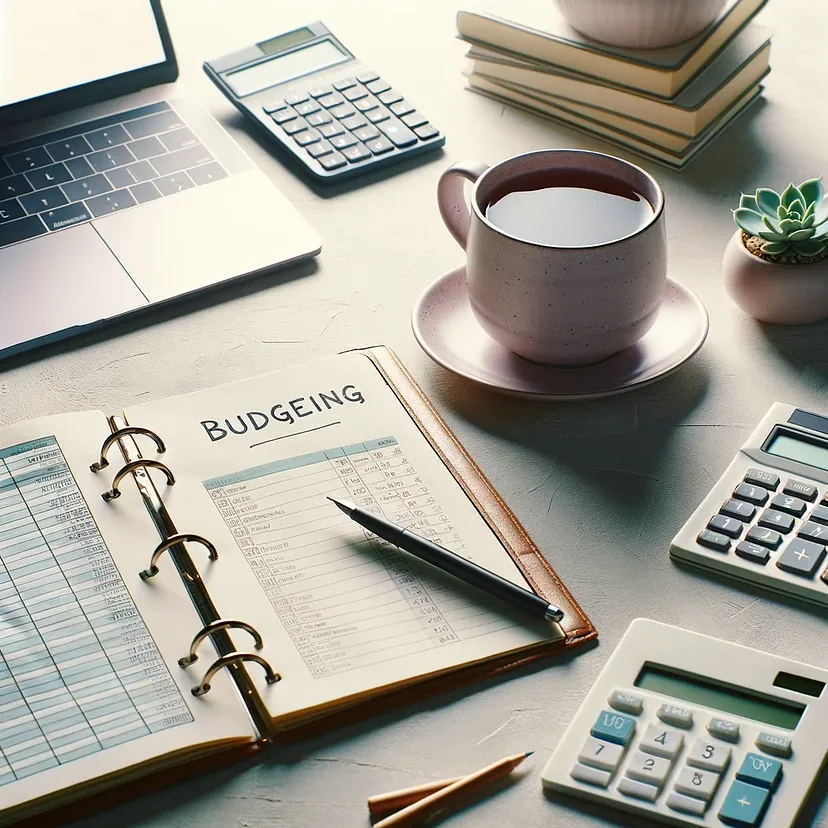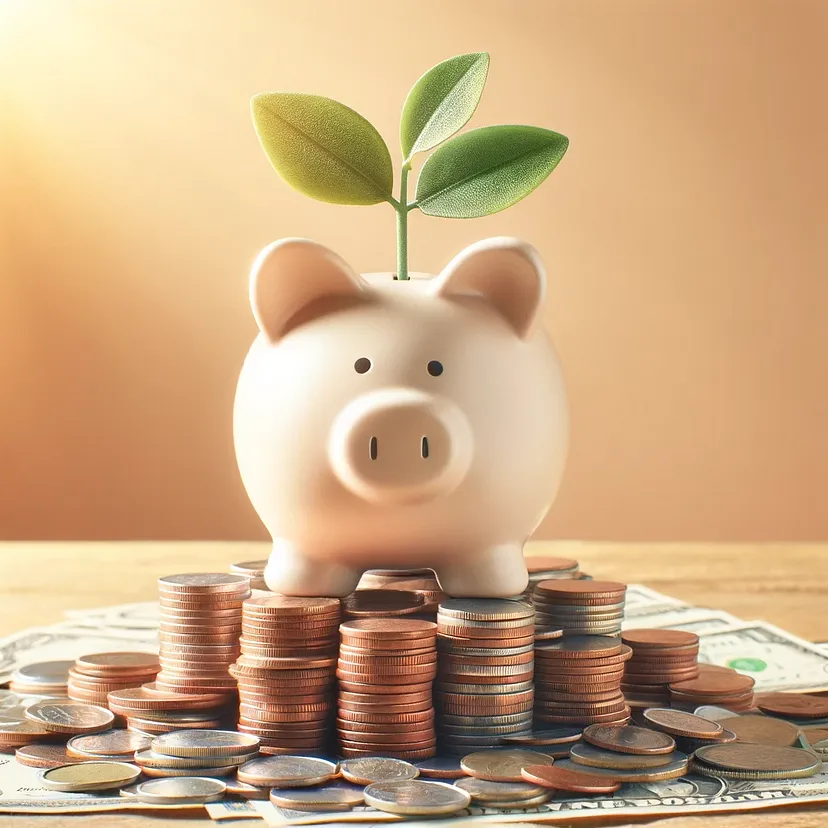Debt Management and Financial Freedom
Secured VS Unsecured Loans: What You Should Know
Ever found yourself wondering what the important thing differences are between secured vs unsecured loans? Understanding the difference between secured vs unsecured debt can position you to make smart financial decisions if that you must leverage a loan.
Loans are a form of debt, and folks take out loans for a wide range of reasons. As an illustration, it’s possible you’ll take out a loan to buy a house or for a automobile. It’s possible you’ll also take out student loans to your education. It is also not unusual for people coping with health issues to take out medical loans.
Nevertheless, not all loan debt is equal, and without care, it may well get really expensive or worse, even resulting in bankruptcy. So what’s the difference between secured and unsecured loans, and the way do they affect your funds?
Let’s get into the important thing details so you possibly can understand the differences between secured vs unsecured debt/loans.
What’s a secured loan?
A secured loan is a form of debt that’s backed by an asset that acts as collateral. Mainly, the lender, also generally known as the lienholder, can seize the associated collateral and use it to pay your debt should you fall behind in your payments.
Secured loans are typically less dangerous for lenders. It is because they’ve assets related to the debt. Consequently, rates of interest for secured loans are typically lower than unsecured debt.
The difference between secured and unsecured loans is that an unsecured loan doesn’t require collateral, and a secured loan does.
Secured loan examples
Listed below are some secured loan examples so you possibly can higher see the difference between secured and unsecured loans:
Mortgage loans
Some of the popular secured loan examples is a mortgage loan. Mortgages are tied to an asset, as an illustration, a residential or business piece of real estate. Typically, you’re taking out a mortgage on a property with predetermined monthly payments.
When you default in your payments, your lender will send you late notices. If this goes on for an prolonged time period, they may begin foreclosure proceedings to repossess the asset.
They may then try and sell the property to cover the debt you owe. Nevertheless, if the sale of the asset doesn’t cover the debt in its entirety, it’s possible you’ll be answerable for the difference.
Auto loans
Next up on the secure loan examples list are auto loans! Remember, you do not really own the asset (your automobile) outright until you pay the debt in full. So, should you don’t make your payments, your lender will repossess the vehicle.
Due to this fact the automobile is the asset you’re borrowing against, and should you don’t pay, you possibly can lose it. That is why it’s essential to buy a vehicle you possibly can afford and get into a less expensive rate so you possibly can get monetary savings!
Secured bank cards
Now that we have talked about secured loans, you may additionally be wondering about secured bank cards. A secured bank card is a form of card that requires a security deposit. This layer could be as little as $200 and will likely be equal to your required credit limit.
The bank card issuer holds onto your deposit in case you default in your payments. You should utilize a secured bank card if that you must improve your credit rating and history. When you default on the loan, then they use your deposit to repay the debt.
What’s an unsecured loan?
Then again, an unsecured loan or unsecured debt is a form of debt that isn’t tied to any asset as collateral.
Consequently, these loan types are risker for lenders and typically include higher rates of interest. That is why a mortgage rate of interest could be 5%, and a bank card’s rate of interest could be 20%.
Although they can not repossess an asset, it may well still have a negative impact in your funds should you default in your payments.
Unsecured loan examples
Below are some common unsecured loan examples. Remember, when comparing secured vs unsecured loans, the rate of interest for an unsecured loan will likely be much higher. Again, it is because such a loan is far riskier to the lender.
Personal loans
Personal loans are certainly one of the unsecured loan examples you’re probably acquainted with. You should utilize personal loans to consolidate bank card debt, student loan debt, and medical bills.
Sometimes people use them for starting a business or things comparable to auto repairs, etc. Nevertheless, they typically include a better rate of interest than a secured loan does.
Bank cards
Again, bank cards could be secured and unsecured loans. An unsecured bank card doesn’t require a security deposit. Your line of credit relies in your credit rating, history, and income.
Although you see promotions for 0% interest, it’s still essential to pay these off every month because once the promo is over, the speed can skyrocket to an amount you’re unable to afford!
Student loans
Student loans are one other example of unsecured loans. Regardless of what form of student loan you’re taking on, it may well get costly.
The truth is, the average federal student loan debt is $36,510. Private student loan debt comes with an average and hefty price tag of $54,921 per borrower!
Also, lenders can capitalize on the interest, which might create a cycle of debt that is tough to dig out of. So, before applying for student loans, try to search out alternatives to fund your education to chop costs.
So now you realize the difference between secured and unsecured loans, let’s dig into how they affect your credit.
Secured vs unsecured loans: Credit reporting
When comparing secured vs unsecured debt, bear in mind that each can have a huge effect in your funds. Failing to pay any debt may end up in late fees, penalties, and negative remarks in your credit.
When you default on a secured loan, you’ll lose whatever asset that was securing the loan. An unpaid unsecured loan will go to collections. With debt like back owed child support, it may well end in jail time by court order.
All of those actions can hurt your credit rating, making it hard so that you can secure good loan terms in the long run. It might also impact your ability to even get a loan or any type of credit in any respect. Yup, this includes actions taken by child support enforcement agencies about unpaid child support.
Using secured vs unsecured loans
In relation to using secured and unsecured loans, you must ensure that you’re being intentional. It is important to know what each loan type could cost you when it comes to collateral required and interest charged. You possibly can do that by shopping around for the perfect loan rates and offers.
You furthermore may need to ensure that you are usually not borrowing greater than you really want or can afford. It isn’t a nasty idea to see how much you possibly can save on your personal before you think about leveraging debt.
As an illustration, the final thing you would like is to your property to be repossessed or taken because you may not afford a secured loan.
At the top of the day, debt comes at a value, and that cost is in the shape of interest. So it is important to be cautious in terms of leveraging debt.
Take into account, you possibly can save up for those big purchases as an alternative of taking out a loan. Make saving fun and enroll in our completely free “savings challenge bundle!” It includes the 26-week savings challenge, the $5 savings challenge, and more!
You’ll want to tune in to the Clever Girls Know podcast and YouTube channel for more top tips about saving money, budgeting, and more!
The post Secured VS Unsecured Loans: What You Should Know appeared first on Clever Girl Finance.





